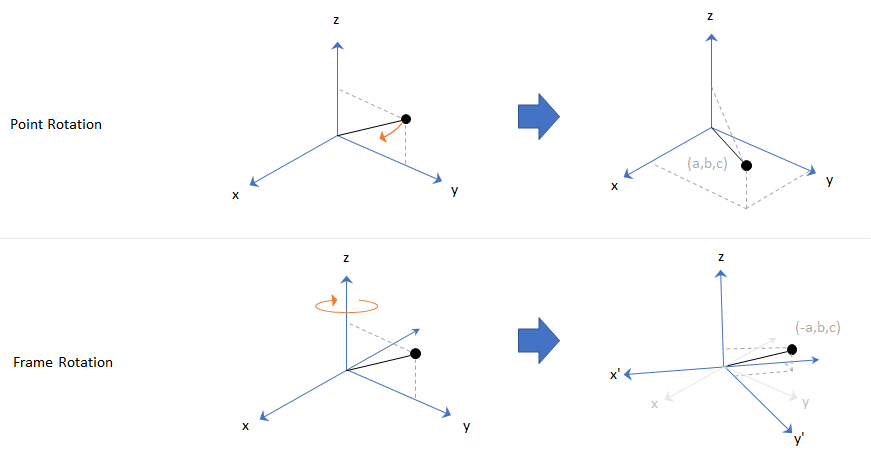eulerd
Description
eulerAngles = eulerd(quat,rotationSequence,rotationType)quat, to an N-by-3
matrix of Euler angles in degrees.
Examples
Input Arguments
Output Arguments
Extended Capabilities
Version History
Introduced in R2021a
